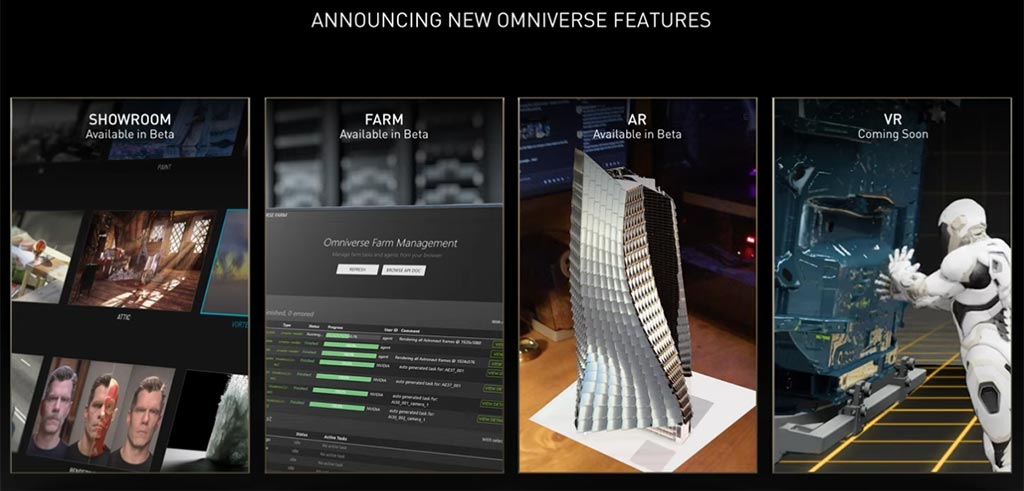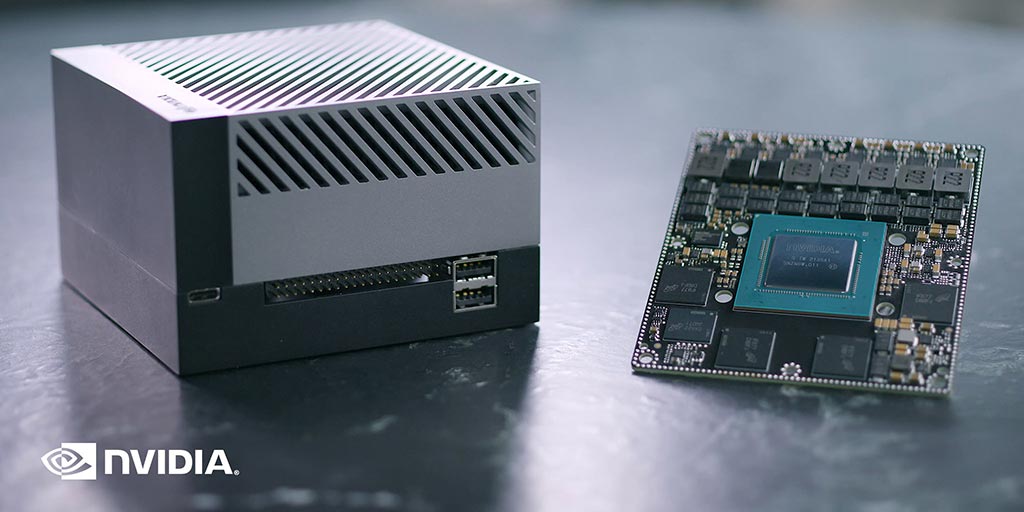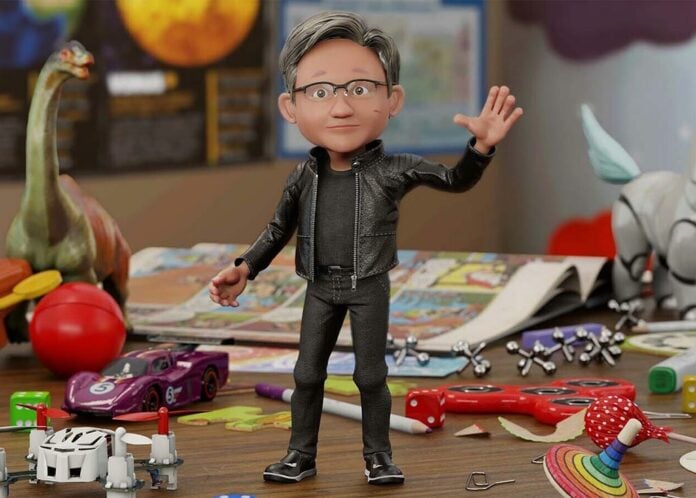Nvidia CEO Jensen Huang delivered a keynote at the virtual GTC21 on Tuesday. You will have found a link to the live stream in yesterday’s edition of The Roundup. If you are here for computer gaming news, then we will warn you there isn’t much directly related to that hobby… or enthusiast graphics cards today.
Jensen Huang’s keynote thus took many turns looking at areas of Nvidia developments including; accelerated computing, next-gen networking, cloud computing, transforming industries with AI, automotive advancements, and robotics. However, some strong themes permeated the keynote.
Probably the most powerful theme came from Nvidia’s efforts to popularise the Omniverse offering, and painting it as the tool of choice for building the metaverse. Secondly, Nvidia is digging a rich seam of research and development in creating ‘digital twins’ in the Omniverse / metaverse. If you can make a digital twin of something in the real world, it is a great model to test ideas, theories, and so on. The biggest and most important digital twin project highlighted by Nvidia is Earth Two.

You will probably be well aware of Facebook’s change of company structure, with an overarching body dubbed Meta now in place to manage all the Facebook properties such as the Facebook social network, Instagram, WhatsApp, Oculus, etc. Virtual worlds and avatars are a big part of the vision of the metaverse, and Nvidia looks like it want to become the default provider of the technologies behind it.
At GTC21 Huang unveiled Nvidia Omniverse Avatar and Nvidia Omniverse Replicator, and showed how they could be used for fleshing out your virtual world Omniverse projects – with important constituents like AI-powered avatars (featuring real-time translation), and creating customer support agents (Project Tokkio) for the metaverse.
The virtual worlds in the metaverse can be fantastical, stylised, or realistic. From the perspective of science and research, probably the most interesting is realistic world simulation. Huang seemed most enthusiastic about building ‘digital twins’ in Omniverse, with deep simulation technology for a very close replication of the real world. Firms can gain insight and indulge in research in the virtual twinned “warehouses, plants and factories, of physical and biological systems, the 5G edge, robots, self-driving cars, and even avatars.” The most ambitious digital twin is one of the Earth, dubbed Earth Two or E-2, which leverages “all the technologies we’ve invented up to this moment,” claimed Huang.
Of course there was a lot of talk about the datacentre by the Nvidia CEO. Huang talked about advancements in the GPU, CPU and DPU, and systems. A particular highlight was a new supercomputer called Nvidia Quantum-2, that “offers the extreme performance, broad accessibility and strong security needed by cloud computing providers and supercomputing centers.” This machine features the latest BlueField-3 DPU.
Finally, in this GTC21 keynote wrap up, we want to highlight the new Jetson AGX Orin Robotics Computer. Nvidia describes this as “the world’s smallest, most powerful and energy-efficient AI supercomputer for robotics, autonomous machines, medical devices and other forms of embedded computing at the edge.”

Orin features a processor using Nvidia Ampere technology, and is claimed to deliver 200 trillion operations per second, but fits in the palm of your hand. This tiny board is likely to be used in use cases such as robotics, healthcare, autonomous driving, smart cities, and agriculture. The Nvidia Jetson AGX Orin module and developer kit will be available in the first quarter of 2022

